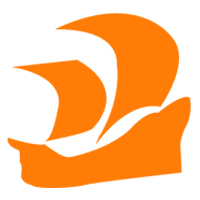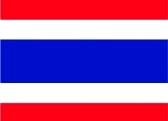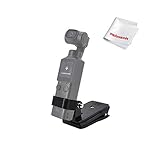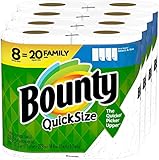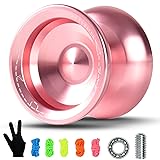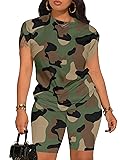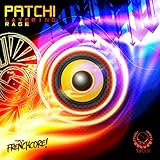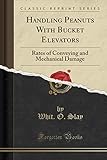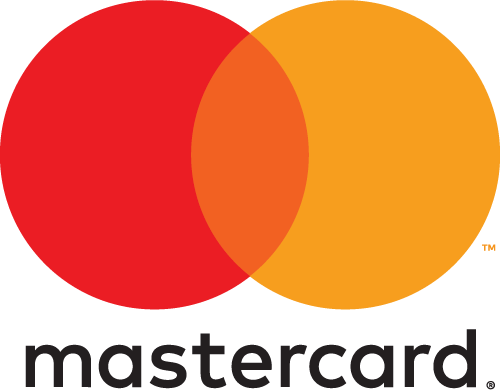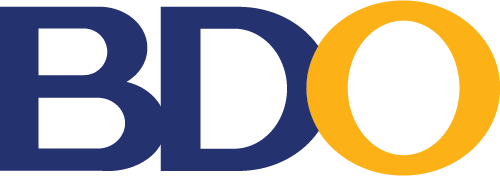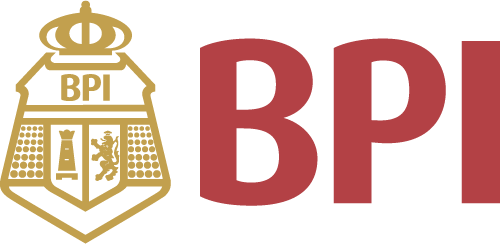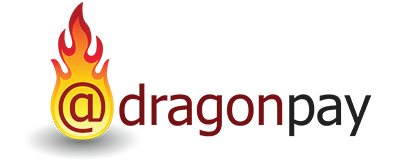All Categories
An Invitation to Real Analysis (MAA Textbooks)
Share Tweet
*Price and Stocks may change without prior notice
*Packaging of actual item may differ from photo shown
- Electrical items MAY be 110 volts.
- 7 Day Return Policy
- All products are genuine and original

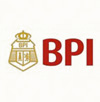




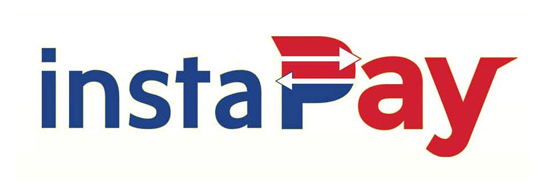
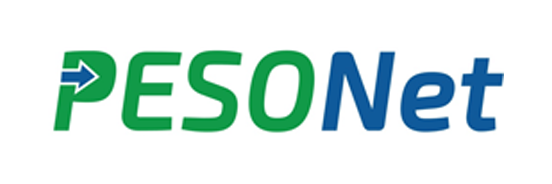
About An Invitation To Real Analysis
Book Description This book is written as both a stepping stone to higher calculus and analysis courses, and as a foundation for deeper reasoning in applied mathematics. As well as a rigorous account of sequences, series, functions and sets, the reader will also find fascinating historical material and over 600 exercises. About the Author Luis Moreno received his BA in mathematics at Rensselaer Polytechnic Institute in 1973, an MS in mathematics education at State University of New York, Albany in 1976, and an MA in mathematics at State University of New York, Albany in 1982. He belongs to the Mathematical Association of America (Seaway Section 2nd vice-chair in 2000) and New York State Mathematics Association of Two-Year Colleges, being campus liaison for both organizations. He teaches at Broome Community College where, besides the standard undergraduate courses through linear algebra and real analysis, he has taught courses in statistics, statistical quality control, and logic. Book Description This book is written as both a stepping stone to higher calculus and analysis courses, and as a foundation for deeper reasoning in applied mathematics. As well as a rigorous account of sequences, series, functions and sets, the reader will also find fascinating historical material and over 600 exercises. Review The title of this book suggests a friendly tone and a gentle introduction to real analysis. This does indeed seem to be the case, as the book's size and reader-friendly layout suggest. In his notes "to the Instructor," the author writes, "With this book I hope to ease a student's transition from what may be called a 'consumer of mathematics' up through calculus II, into one beginning to participate in its creative process." The 55 chapters are quite short and might more properly be called sections, and the author suggests that in a 14-week semester most of the book could be covered. This seems rather ambitious, and it appears to me that it would be more suitable for a two-semester course (in the Canadian system of 12 or 13 weeks each) in second year. Some nice features are a preliminary section on paradoxes, followed by five chapters on foundations, from logic to set theory. After this, all the standard topics of beginning analysis are covered. While quite reasonable the material is largely restricted to analysis on the real line, close to the end there are two chapters on metric spaces, followed by "Some Topology of the Real Number Line" and "The Cantor Ternary Set" as the final two chapters. The 30-page appendix contains, among others, a section on Farey sequences and one on continued fractions, topics that are more often found in beginning number theory courses, but are not out of place here. With almost 700 pages, this book is almost as large and heavy as the other three books in this column combined. Still, it is quite reasonably priced, and the value-added features appear to warrant the size. For instance, the approximately 600 exercises give rise to 93 pages of solutions to odd-numbered exercises. The annotated bibliography will be appreciated by both the instructor and by interested students. --CMS Notices


